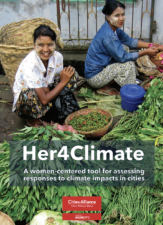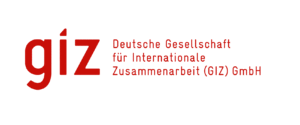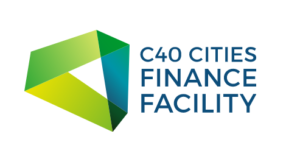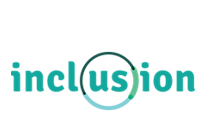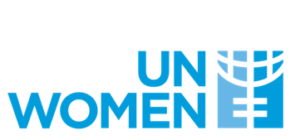The Urban Mobility Scorecard (UMS) Tool is a digital instrument for cities to benchmark progress toward sustainable, inclusive mobility developed by the Global New Mobility Coalition of the World Economic Forum. The tool is guided by three fundamental pillars of sustainable mobility: Governance, Resilience, and Connectivity. It comprises seven questionnaire-based assessments to evaluate a cities’ progress on sustainable, inclusive mobility. It also allows the benchmarking of results by an anonymized comparison of cities’ results in the assessment and it provides supporting resources such as case studies and best practices to inspire future action. The questionnaires were tested with three trial cities from different geographical contexts to ensure that the questions in the scorecard tool are suited to a wide range of cities, recognizing different legislative, regulatory and economic powers, as well as the geographical scope of cities.
Lifecycle Phase(s): Enabling EnvironmentConditions that enable the integration of sustainability practices (regulation, laws, frameworks etc.)., Strategic PlanningPublic authorities identify the needs and long-term vision for infrastructure development., PrioritizationAuthorities decide which projects to realize and how to allocate resources.
Type(s) of Tool: Sustainability BenchmarksCompare the sustainability performance of assets or funds.

